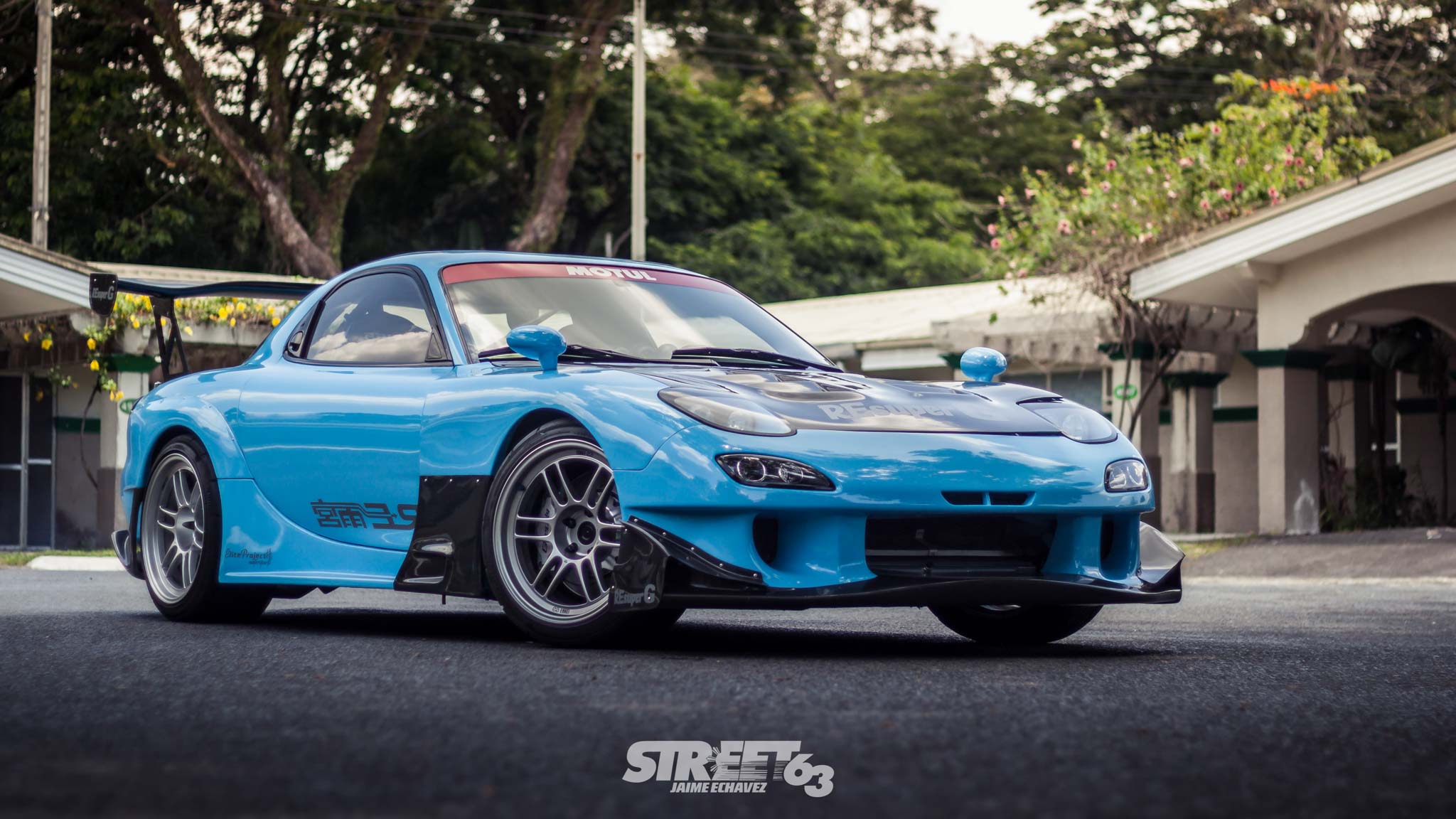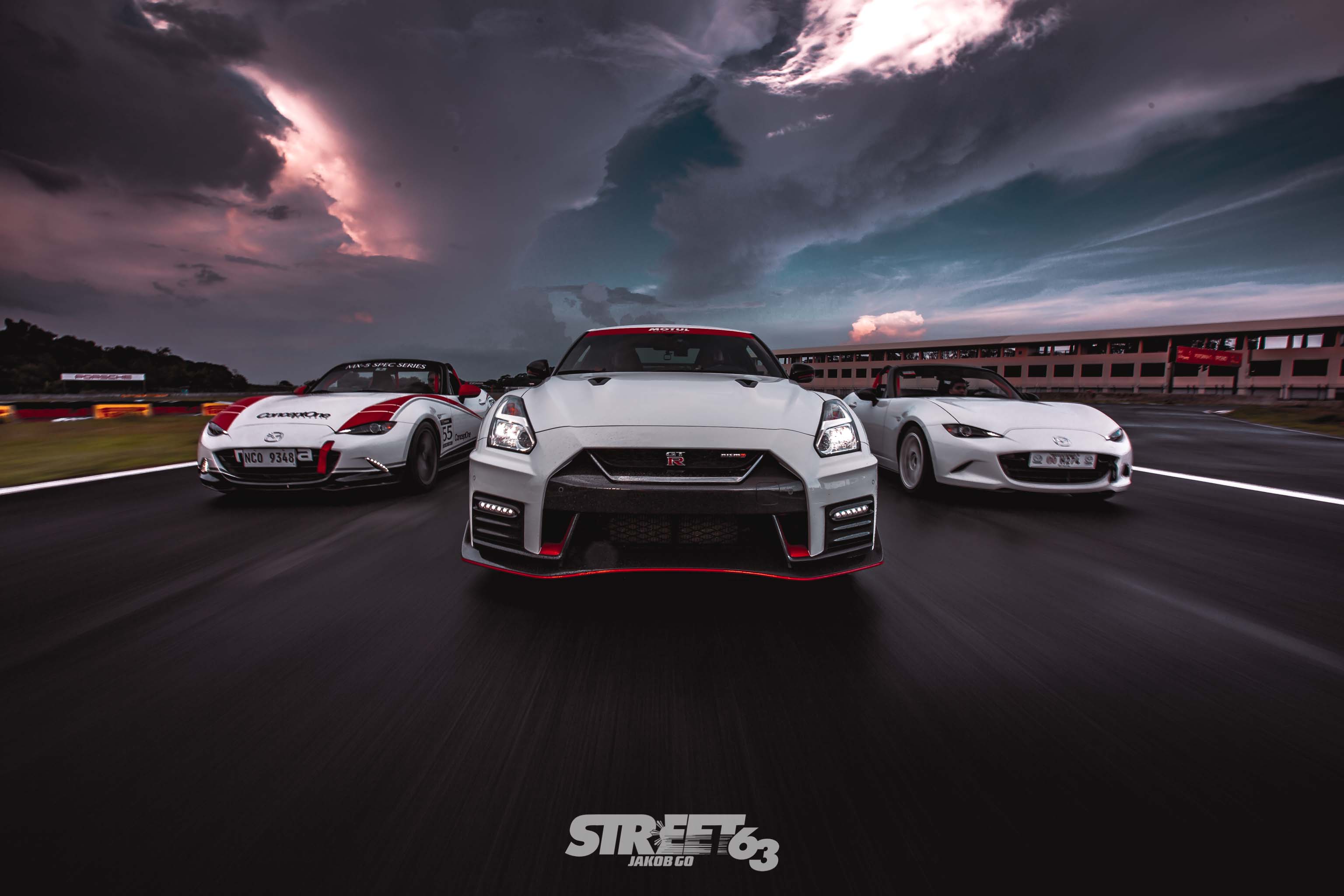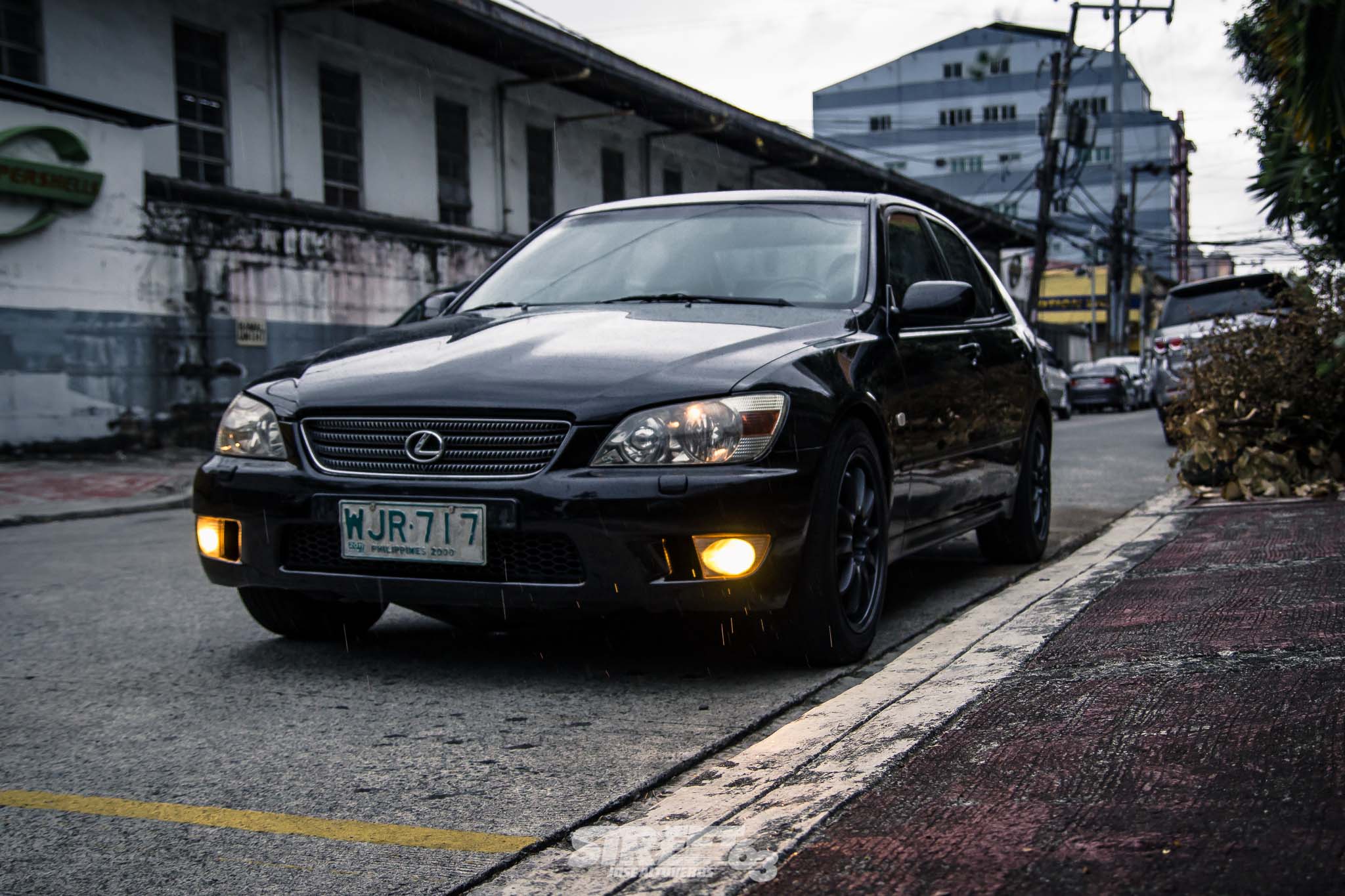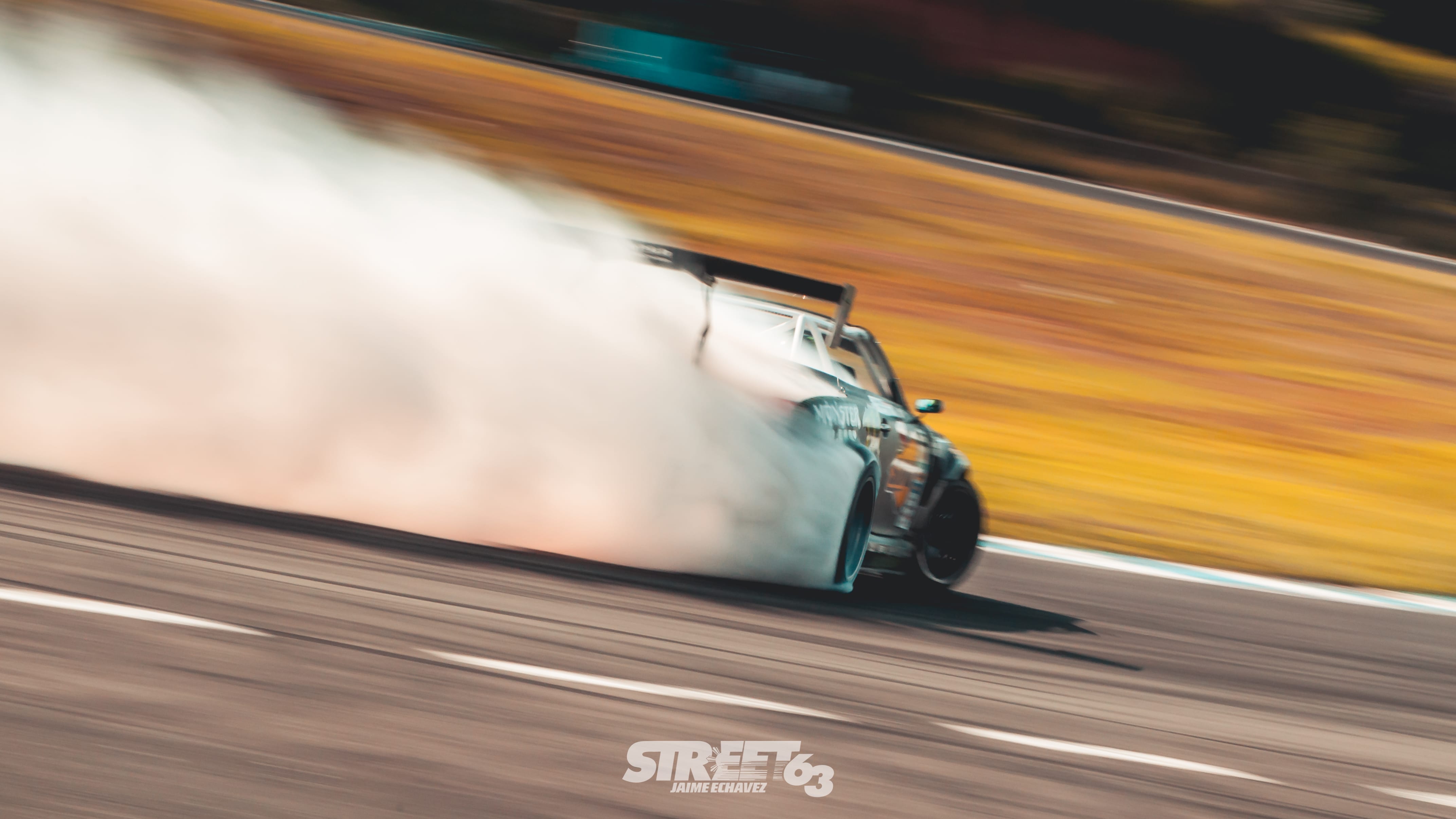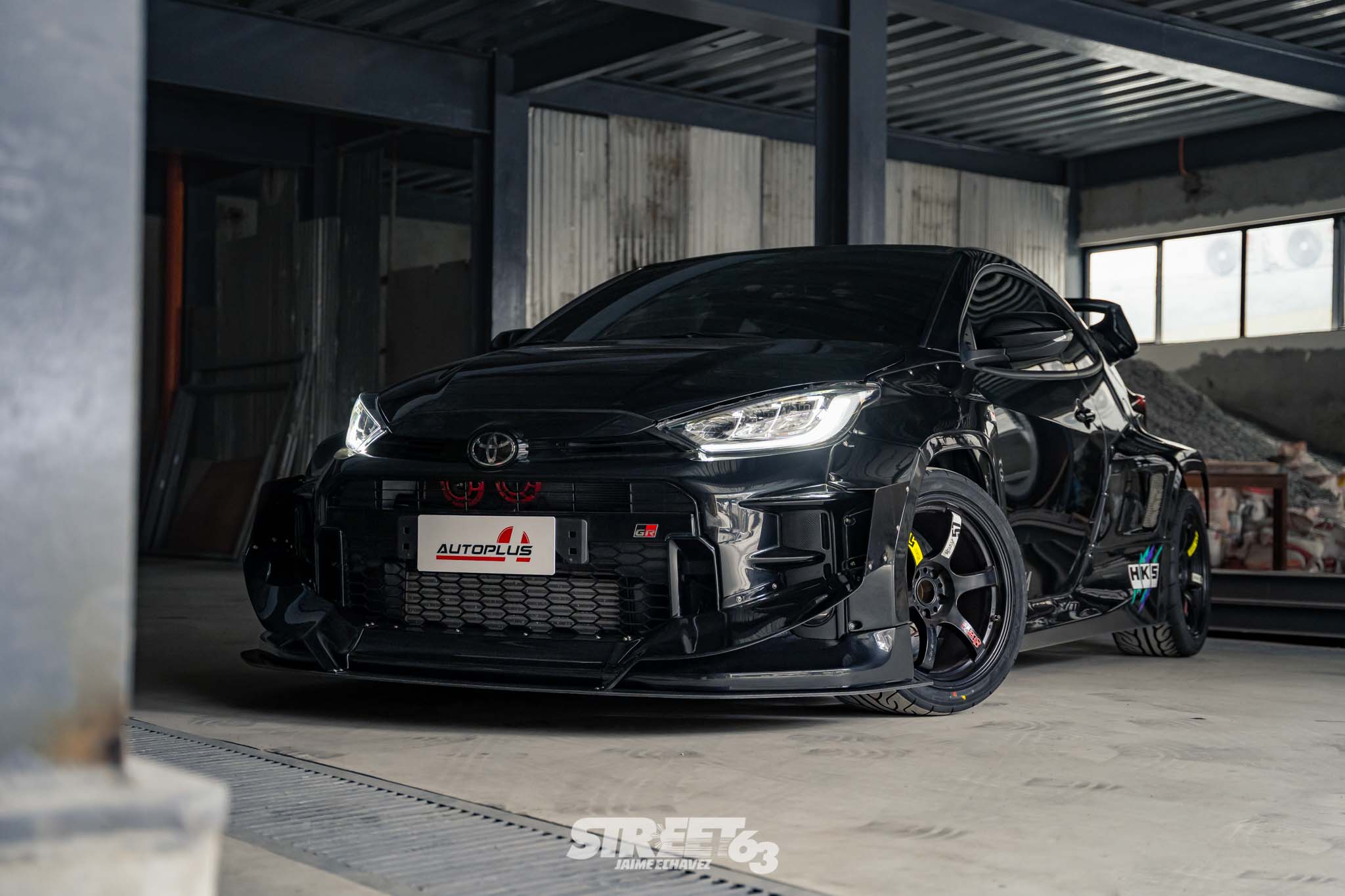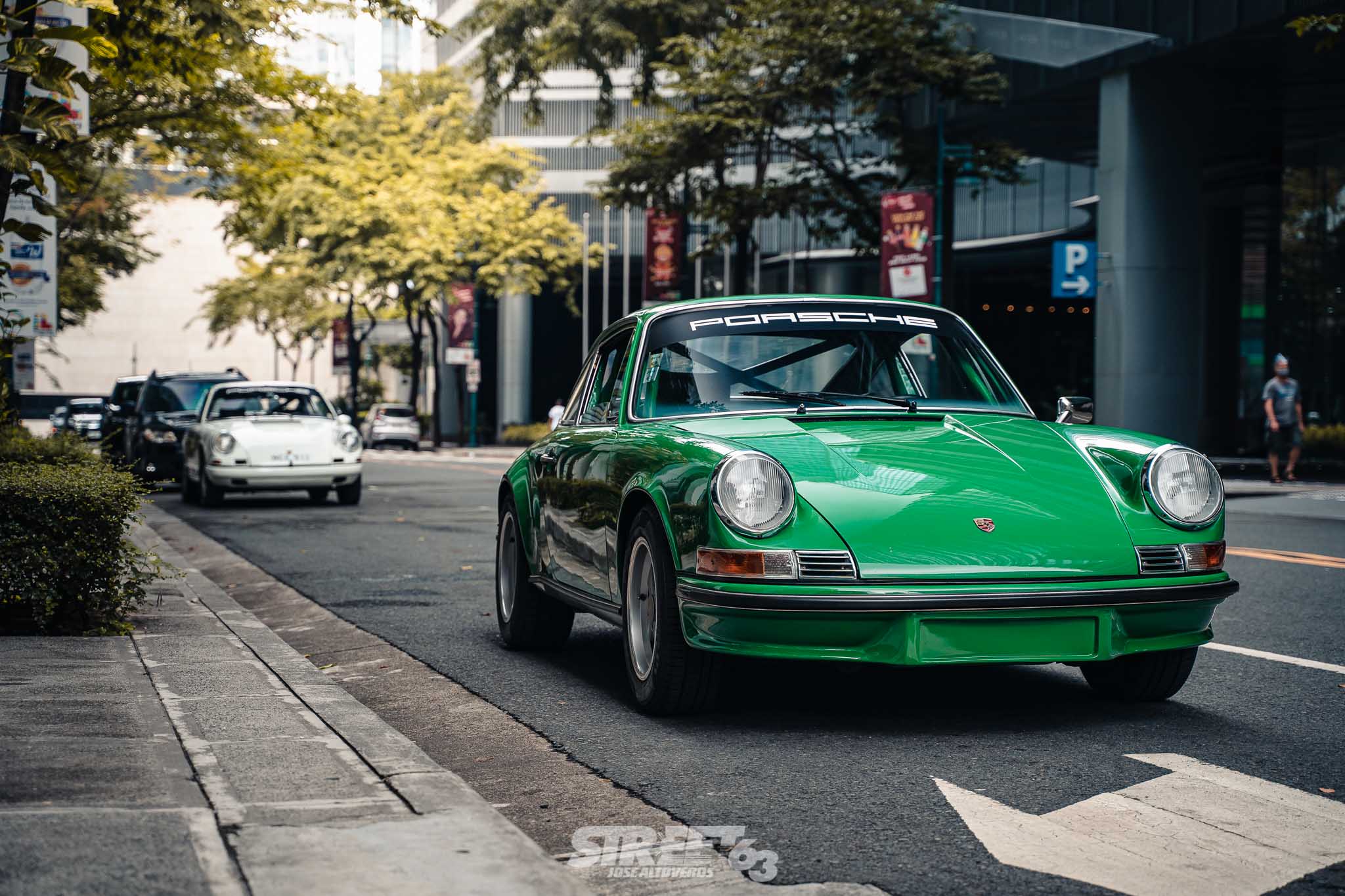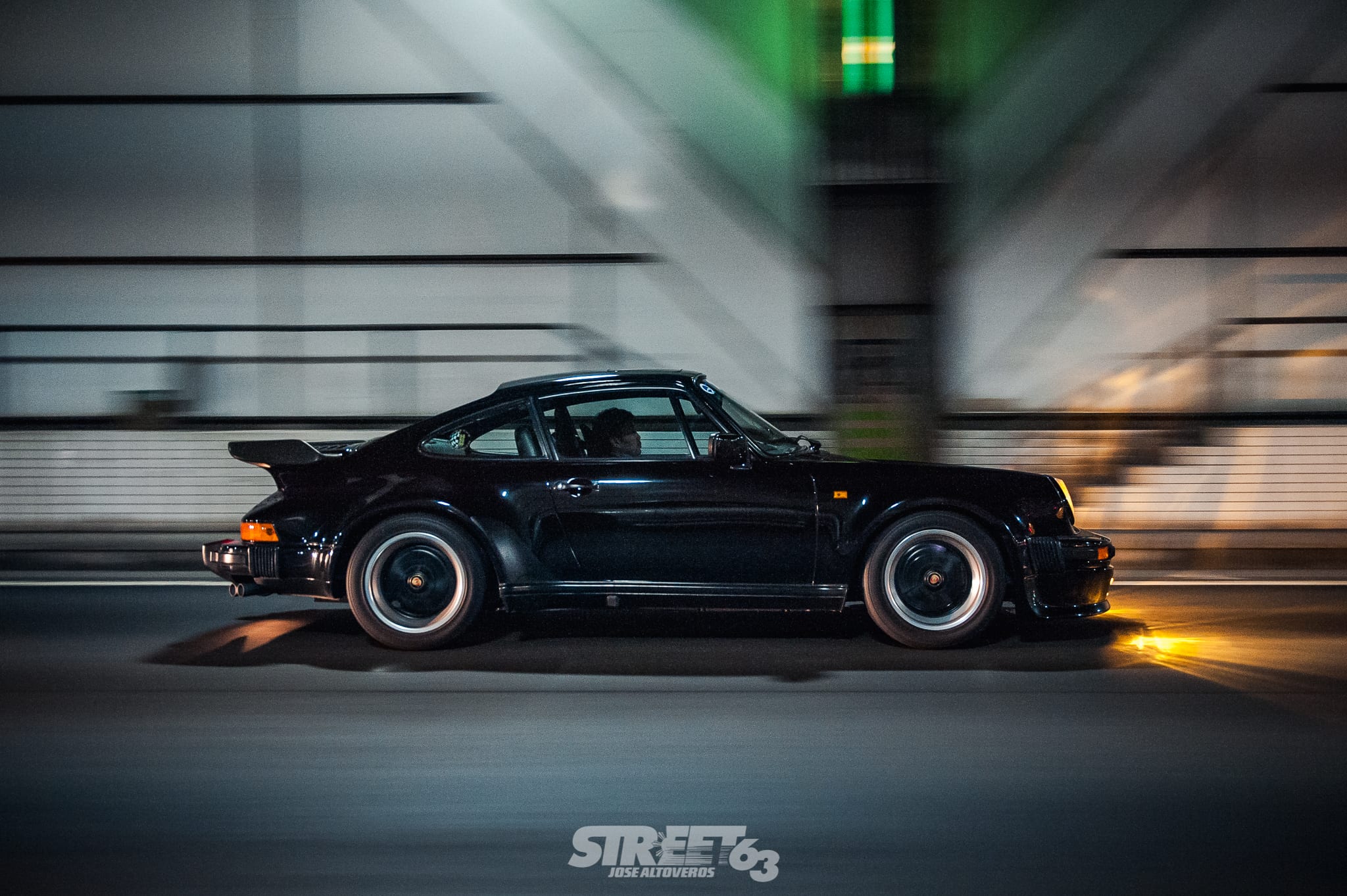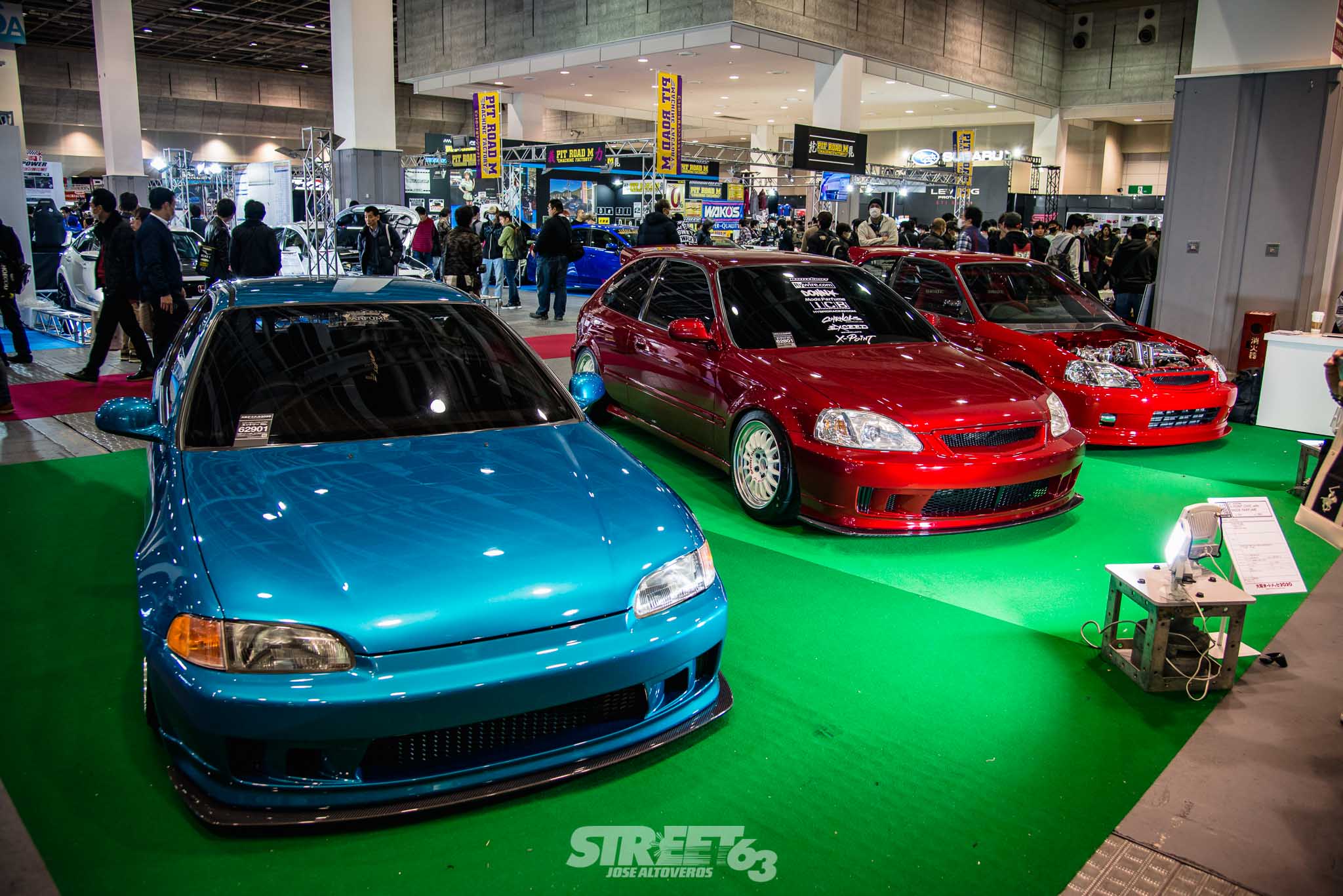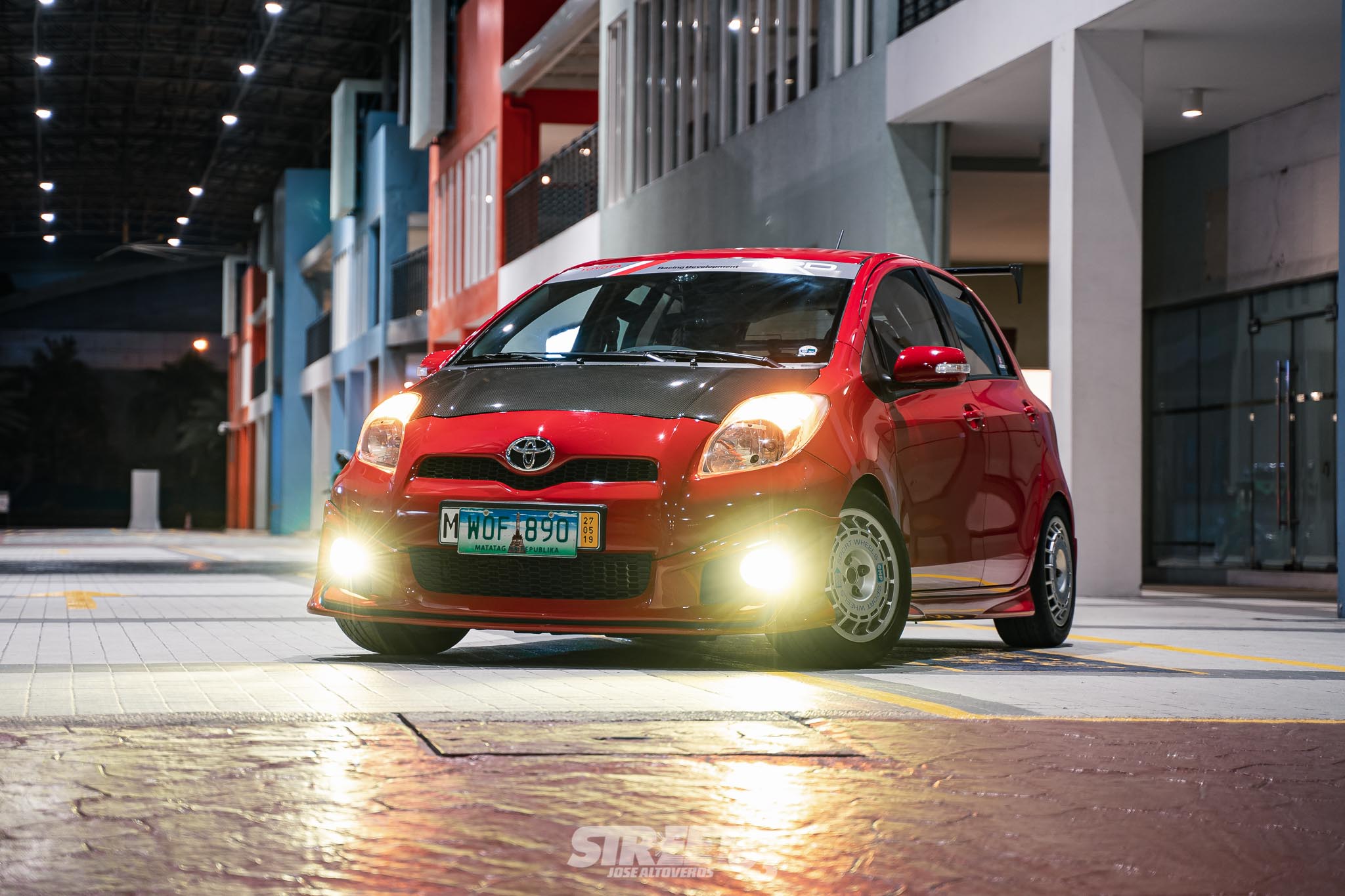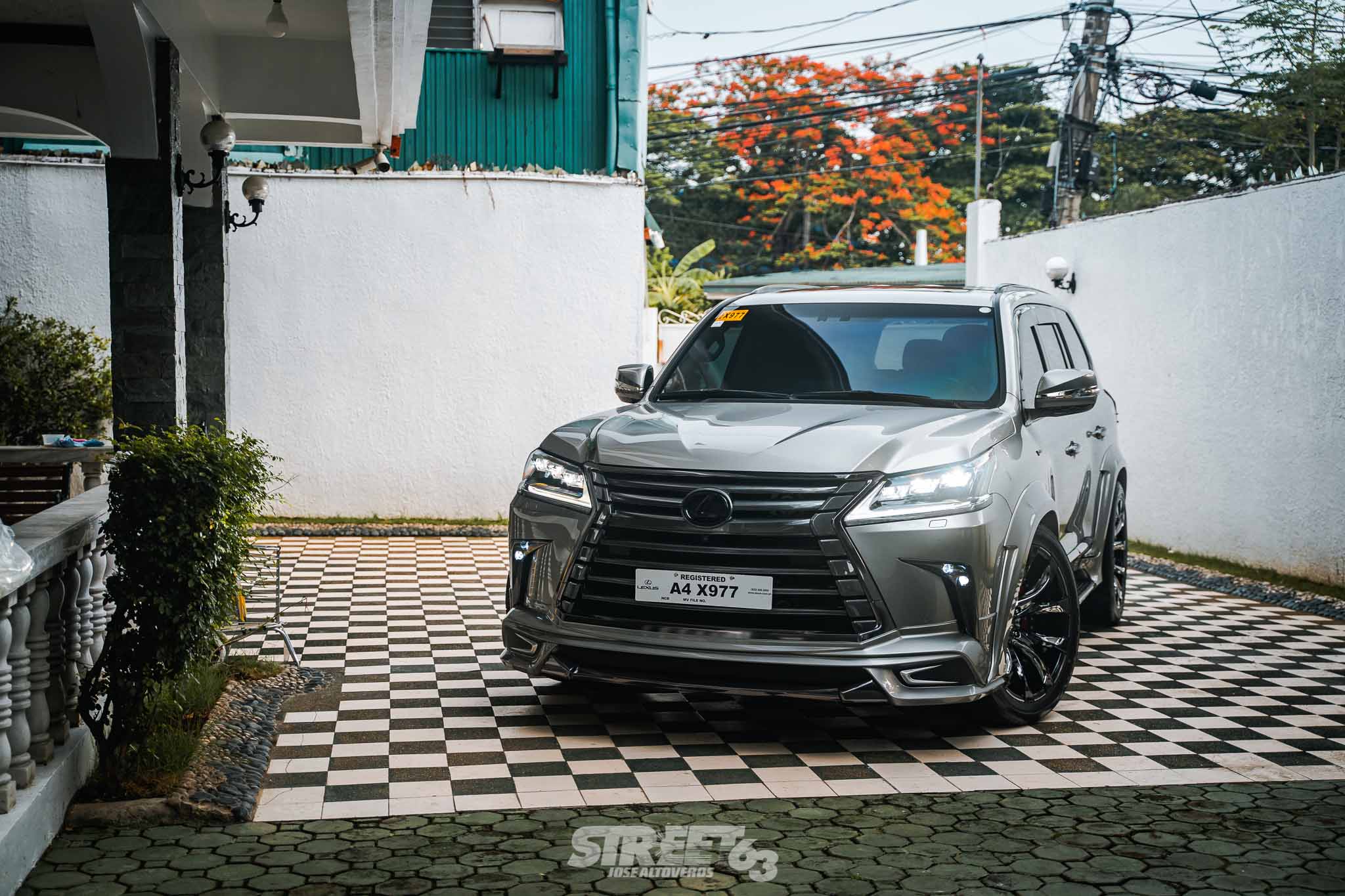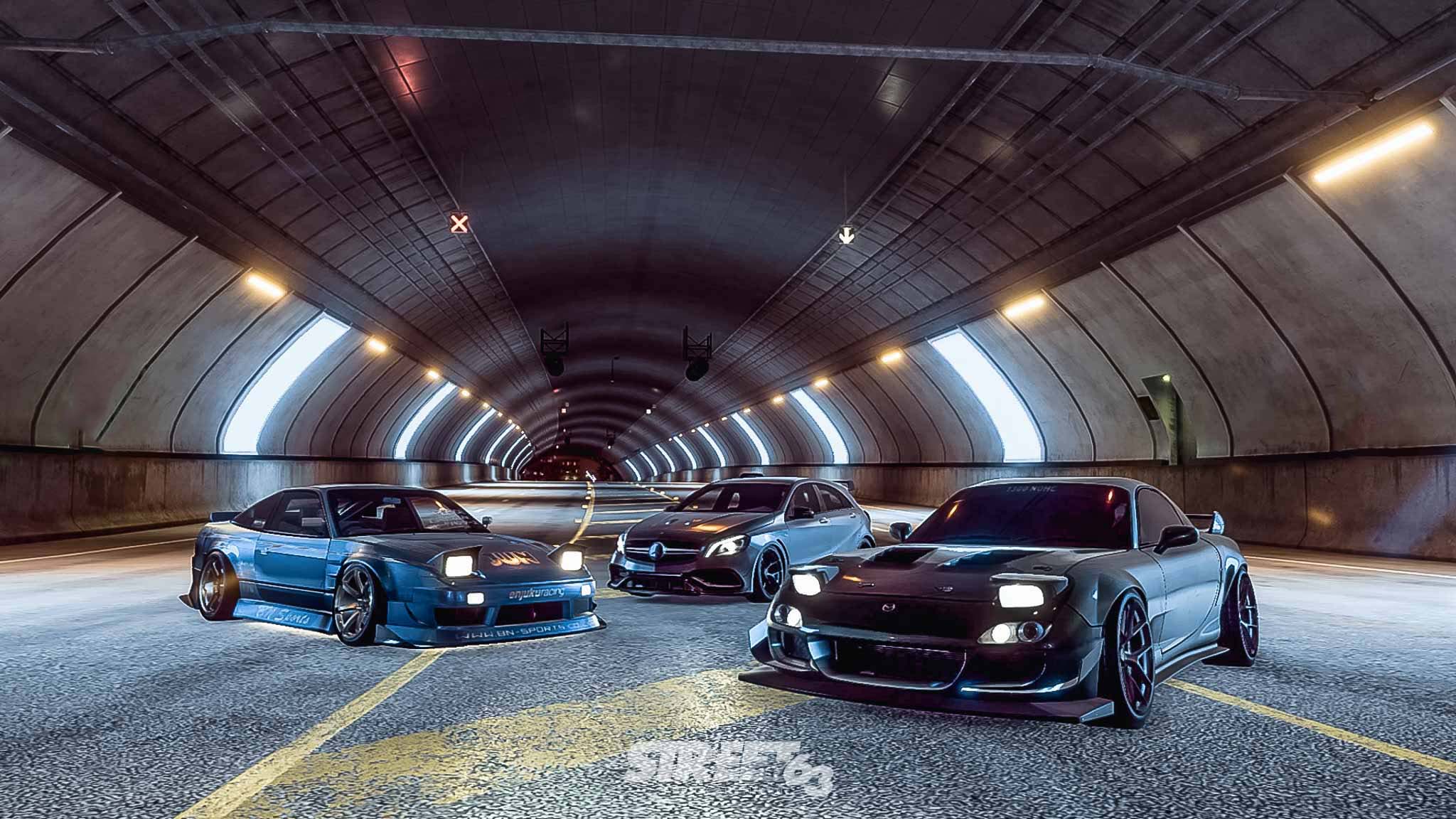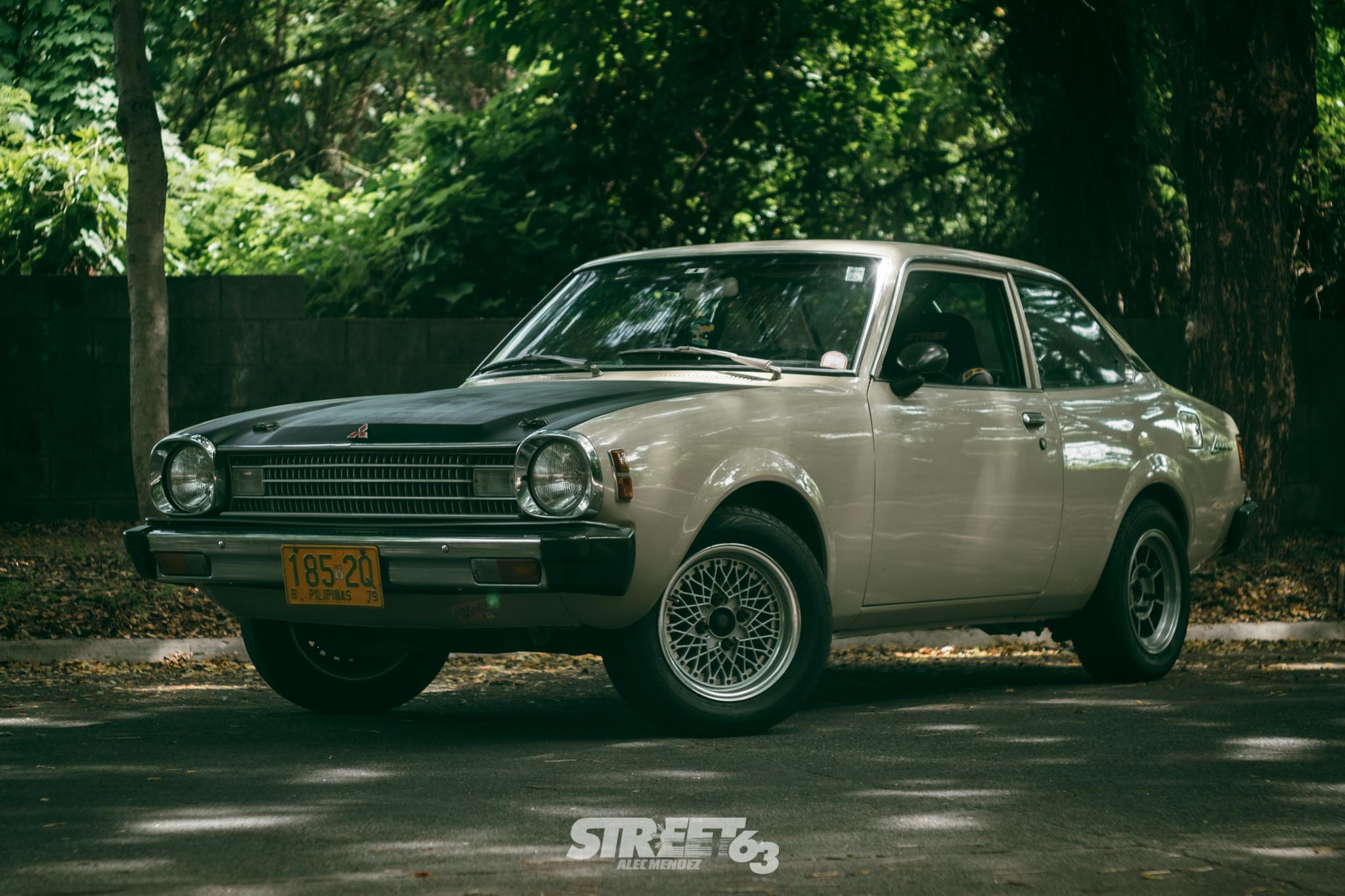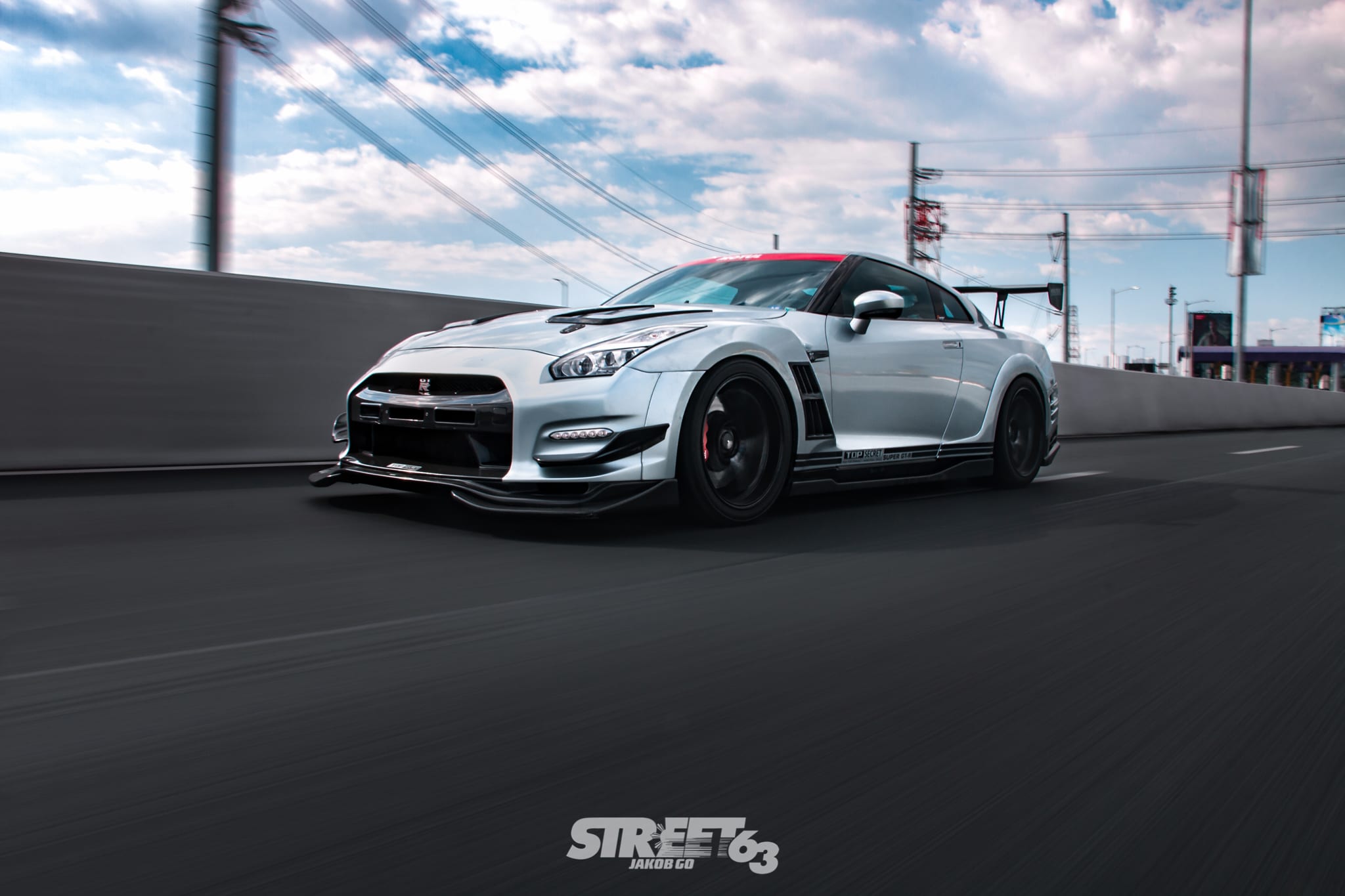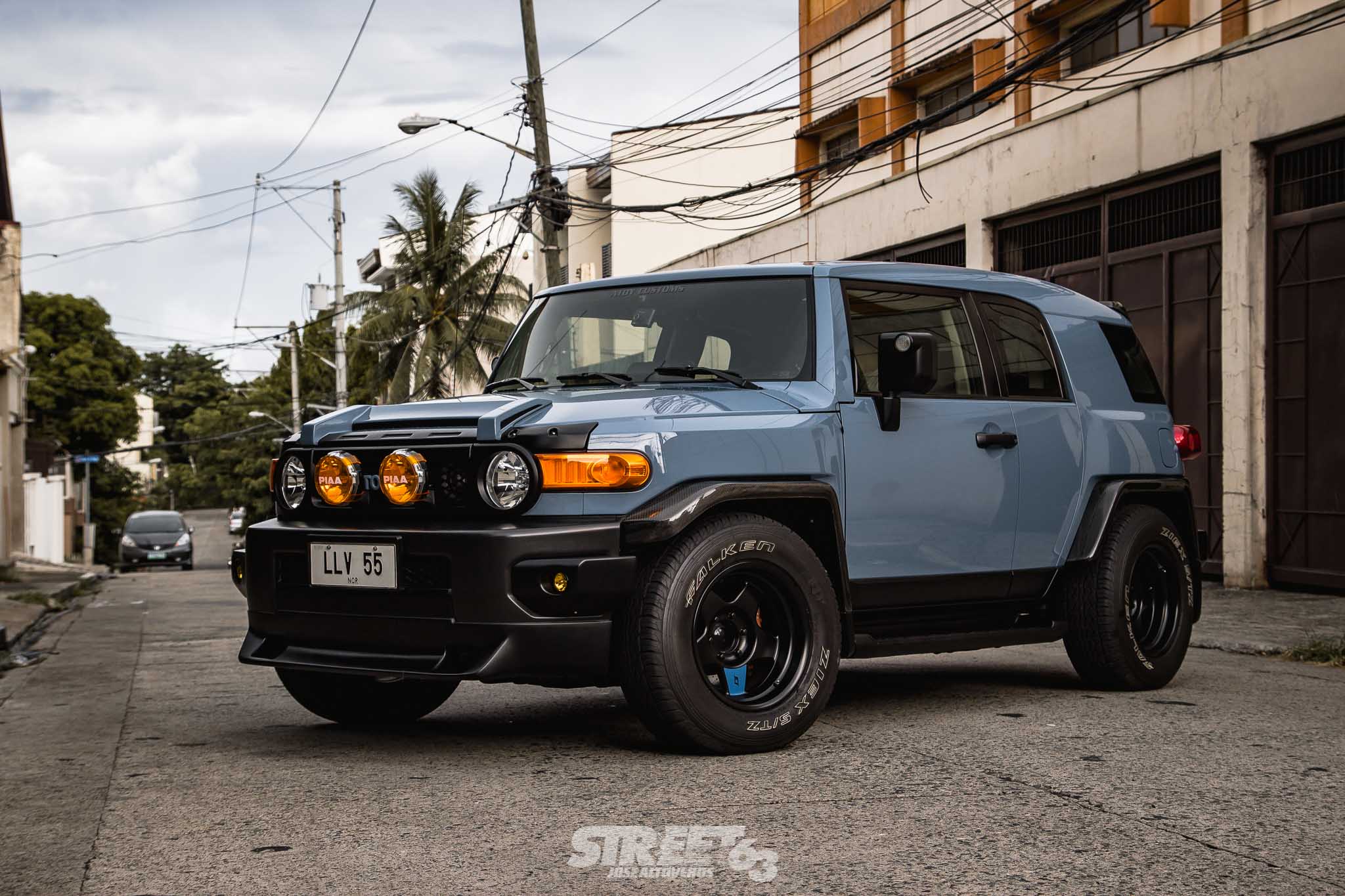Cultural Tuning Experience: The DK-Tuned Swift Sport
If you bothered to click and read about the ZC33S Suzuki Swift Sport, I suppose you understand the appeal behind this rather unassuming hot hatch. Not to mention, if you’re reading from our home country I’m sure that at this point you also understand the frustration of not being able to purchase this vehicle from your local Suzuki dealer. I will spare you the litany and wincing as I think I’ll just be preaching to the choir; However, the purpose of borrowing this ZC33S during our 2025 Tokyo Auto Salon trip was two-fold.

You see, it’s one thing to replicate a ‘JDM car’ with all the original parts and aesthetics, but it’s another thing entirely to tune and set a car a certain way to adapt to its environment. I have always been curious how a street car tuned by a Japanese individual would feel on their roads compared to how we set our cars up for our roads. There are plenty of variables in play that might make our tuning approaches different; Things like road quality, parts availability, accessibility of good roads, and other small details can alter one’s tuning direction. What makes a Japanese-Tuned car different from how we perceive them to be back home? It is this question that I aim to answer by borrowing the Omoshiro Rentacar x Keiichi Tsuchiya “DK-Tuned” Swift Sport. Nine days’ worth of driving it would be enough to find the answers I seek.

We start off by running through the parts that have been fitted onto this Swift. By any standard, the parts list appears to be a short-but-sweet approach to tuning any vehicle. Quality branded parts, all blended and specifically set to deliver a certain experience behind the wheel. No frills and nothing added that won’t contribute to added performance. The ZC33S prides itself with a 970kg curb weight (MT) and a peppy 1.4L TurboJet 4-cylinder pushing 140whp. Small numbers, but it’s a platform that’s sure to entertain in the corners – and that is what all the parts come together to build and improve.

There are two parts on this car that make it the proper cornering weapon that it is, first of which is the KW V3 suspension. The V3s have always been KW’s go-to Street Spec suspension, with two-way adjustability that allows for individual compression and rebound adjustment for optimum fine-tuning for a variety of road surfaces. To be honest, I found these to be quite stiff for a car that’s bound to see thousands of kms as a rental. The rebound is a touch too stiff, making the car feel mildly crashy going over expansion gaps on the expressway. This is rather uncharacteristic of the KW V3, and i’ll attribute it more to the damping settings than the kit itself. Take note of this, as i’ll circle back to it later.

The second piece that sets the Omoren ZC33S off as a cornering weapon is the Cusco RS One-Way Limited Slip Differential. This mechanical LSD makes the front end nippy to the point where any application of the throttle mid-corner will always make it eat towards the apex. Definitely something you would want out of a front-wheel drive car, but as with any car fitted with an LSD it has its (rather annoying) drawbacks.

Consider how you’ll only be taking fast corners every so often, but you’ll need to navigate low speed turns around town all the time. The Cusco LSD rears its ugly head at every city corner or parking lot roundabout with its mechanical clutch plates knocking at every turn. “TOK TOK TOK” is the sound my wife associates with this rental, and for her, “by far the worst rental we’ve ever had”.

That impression has been highly expected from non-car folk, but that’s not to say I liked putting up with that noise either. A mechanical LSD for me is a part that immediately shifts a vehicle a couple solid notches towards performance at the expense of practicality, so considering this is fitted onto the Swift it’s pretty clear the Japanese make no qualms about keeping their modified street cars a bit on edge. I doubt I would ever fit a part like this to my GR Yaris, and the 2-way LSD that’s fitted on the RX-7 is enough of a racket as it is.

Other footwork bits like Work Emotion CR Kais, Dixcel brake pads, and Michelin PS5s mold the Swift Sport into a true quintessential hot hatch that can turn on a dime. But you know, there is one part that I have a serious gripe with on this car; One that I felt was one step too far towards making it a “Performance Car For The Street”.

At my age, seat choices for almost anything are a make-or-break kinda deal. Office chairs, sofas, and, you guessed it, sport seats for my cars are of high consideration for overall comfort and ergonomics. Considering that the ZC33S is on Michelin PS5s, I believe that this Bride “King” Zeta IV full bucket is way overkill for the lateral G’s that this car can pull. It’s unnecessarily uncomfortable during long trips, enough that my sciatica would flare up after an hour of driving. Consider it an old man’s problem, but i’ll have to say that the Recaros on my GR Yaris allow me to drive longer without my lower back having any problems on sub-par Philippine roads.

I know it’s a bit of an apples-to-oranges comparison, but the closest thing I can compare this car to is my GR Yaris back home. That car has been set up as tolerable as we could get it to be on the street, all while improving overall handling across the board from stock. That means no knackering LSD, comfortable sport seats (that aren’t full buckets), and custom valved and tuned suspension that factors in the many ruts and bumps of Manila streets. Minimal compromises on ride quality, but otherwise still practical and relatively normal when you’re not out giving it the beans. The DK-Tuned ZC33S Swift obviously deserves praise when you’re out clocking laps or carving the passes, but there are clear cut drawbacks and compromises for overall street use. With this being my glimpse into how the Japanese tune their street cars, i’ve began to realize just how differently they approach what is ‘streetable’ vs how we do back home.

Perhaps things like stiff damping, knackering LSDs, and fixed bucket seats are something they can live with in Japan. The only comparison I can think of is their penchant for sleeping on tatami flooring with simple cushions – it’s as if their bodies have adapted to stiff surfaces and tactile feeling objects over centuries of traditionally sleeping on the floor. Not to mention their road quality is generally better across the board, making more aggressive modifications a bit more tolerable.
…or maybe I should just admit that this car was aimed squarely at the youth who can still make concessions for these types of modifications – Which I am not.

Regardless, these are observations that cannot be made just from reading about these cars on the internet, and despite the downsides I am very happy to be able to experience a proper Japanese-tuned vehicle like the DK Swift Sport. Experiencing a car like this on the roads of Japan is something I can use as a benchmark for how I build my cars moving forward, and at least now there is a point of reference I can return to whenever I pick out certain parts that might make or break the build.

Words by Aurick Go
Photos by Jakob Go, Aurick Go, Jose Altoveros


